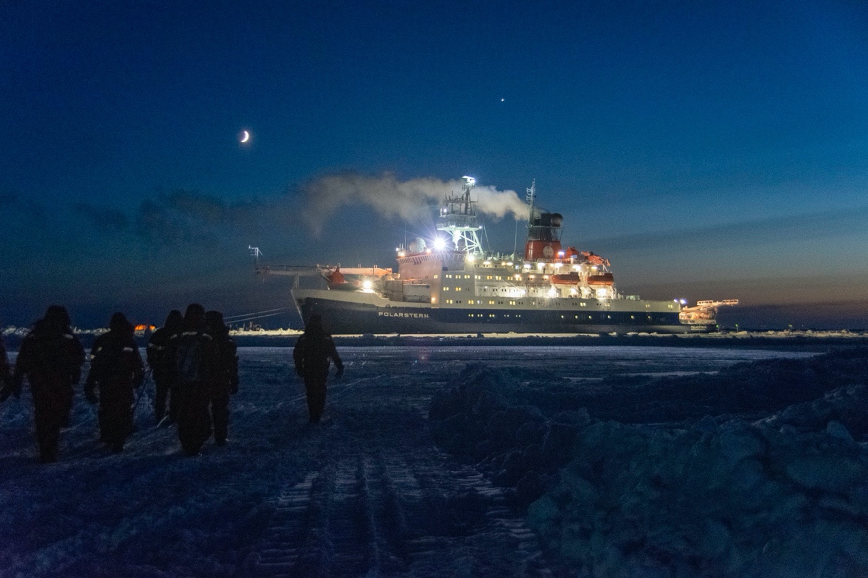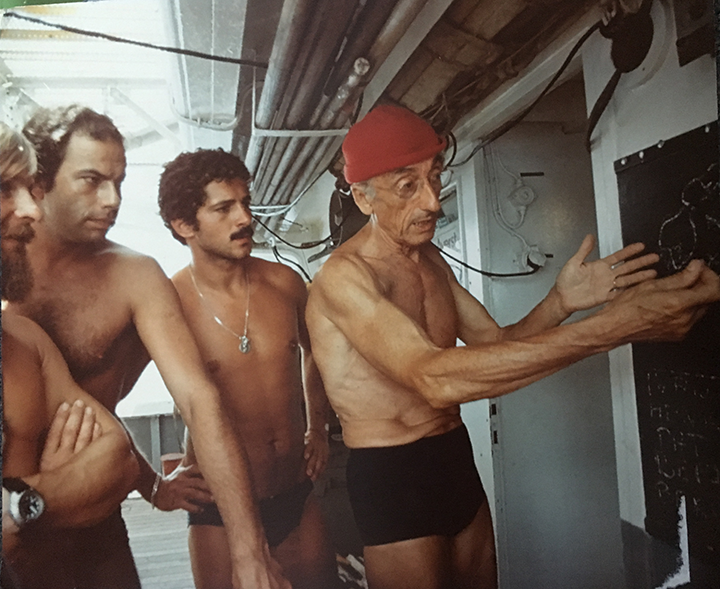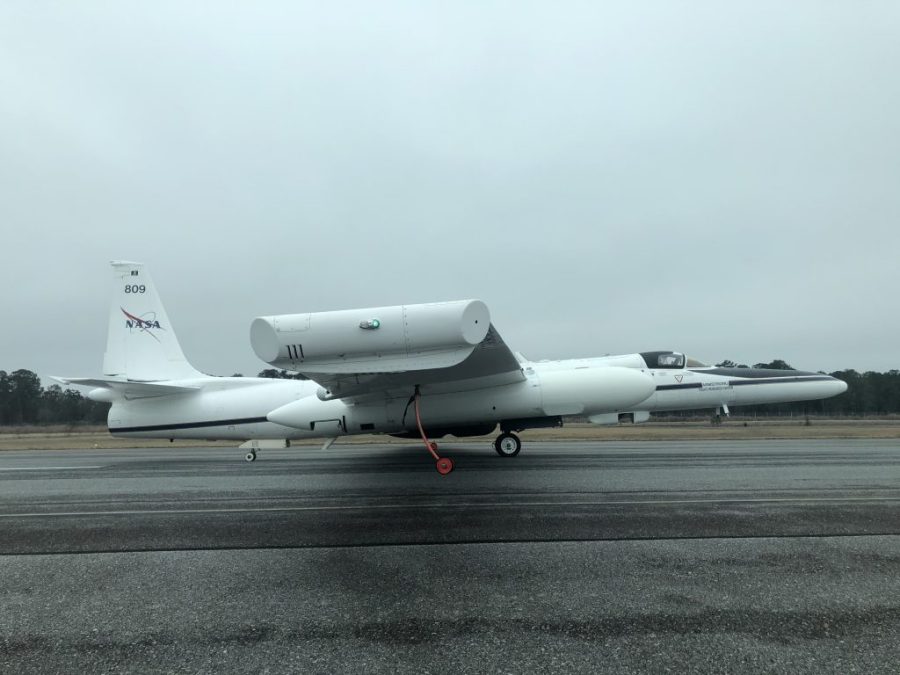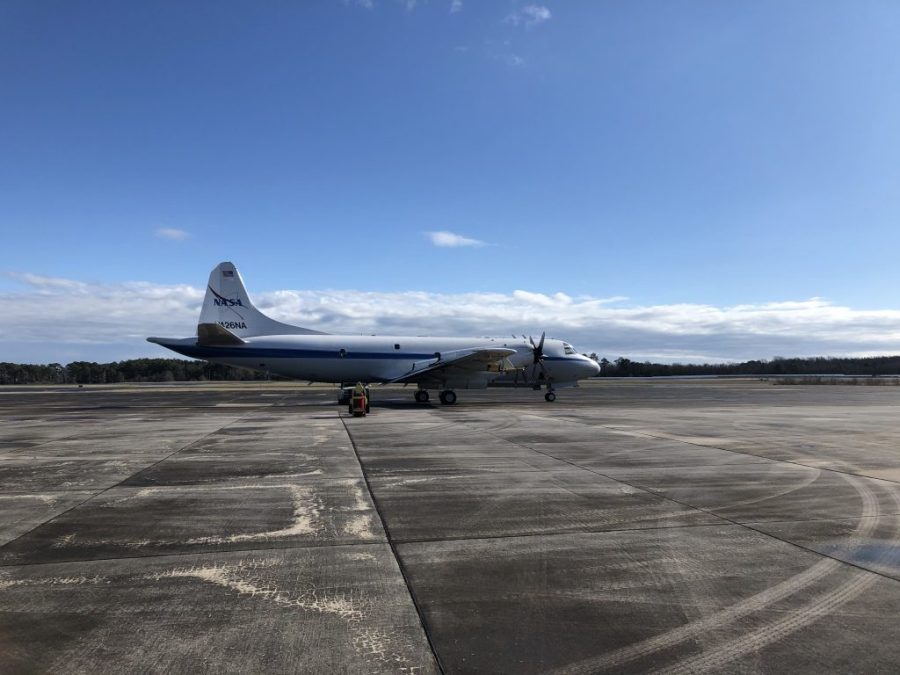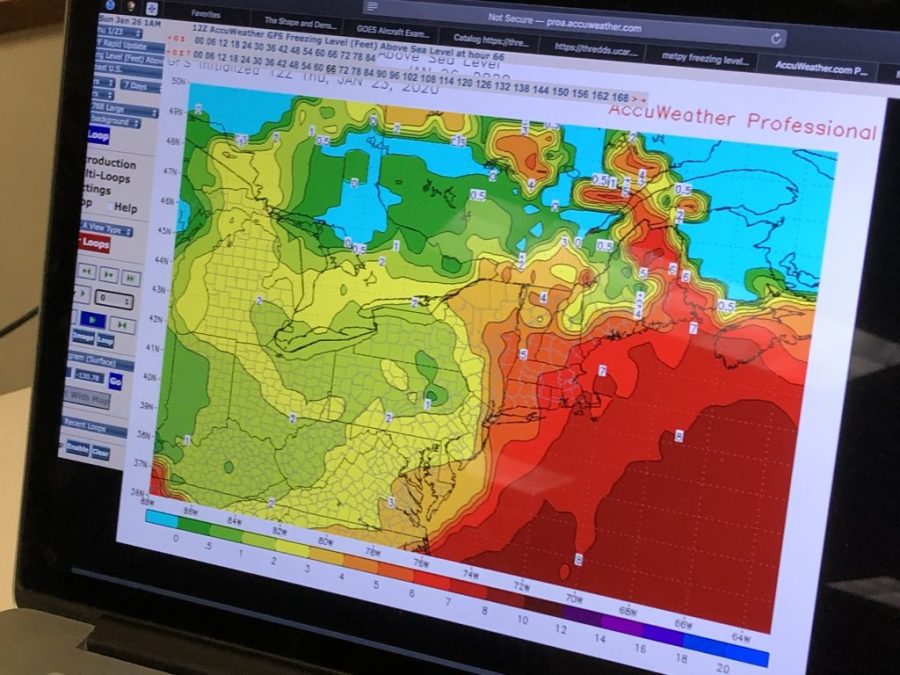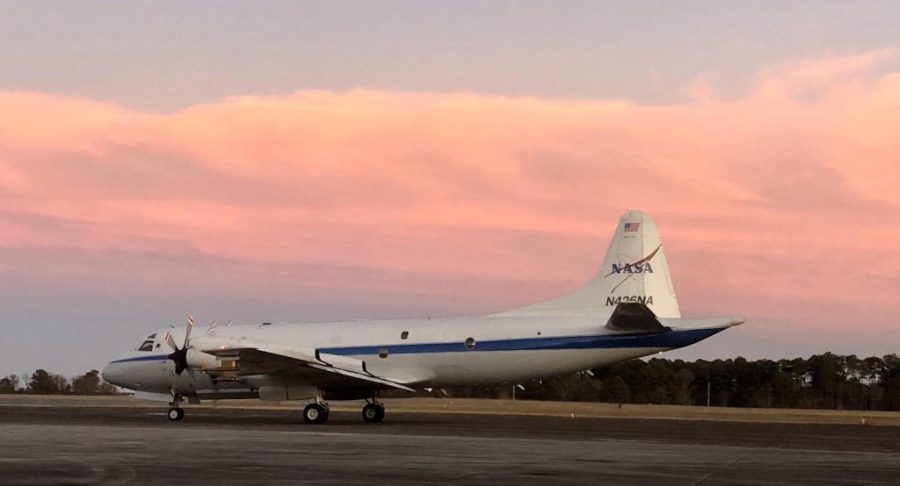By Emily Fischer, Goddard Space Flight Center In the early 1900s, Ernest Shackleton attempted to travel across Antarctica, but as they neared the continent his ship became stuck in an pack of sea ice and was slowly crushed before it reached the landmass. Over 100 years later and on the opposite side of the globe …
An Active Arctic: Where Sea Ice Meets the Midnight Sun
